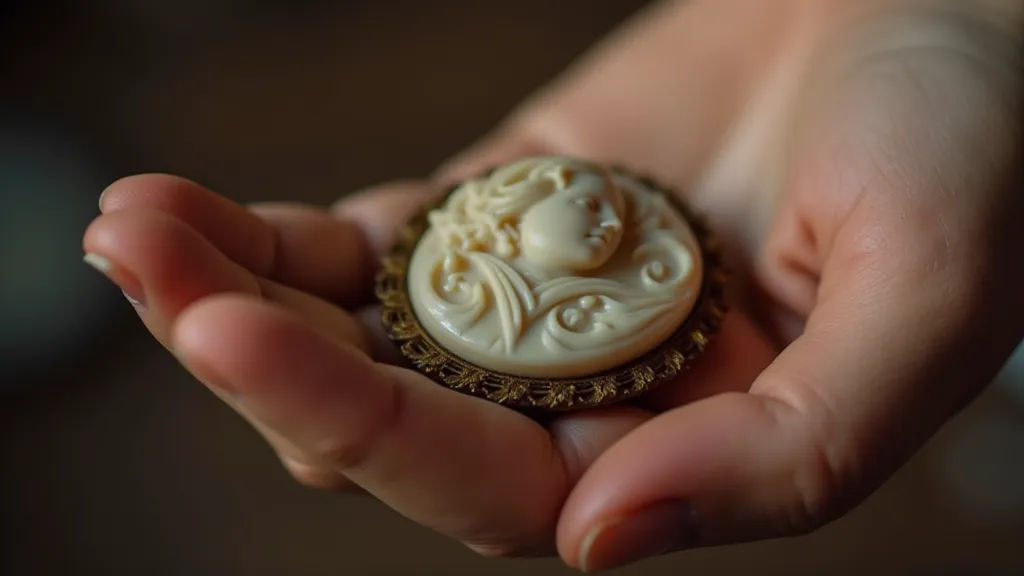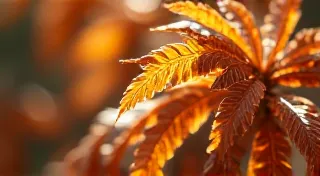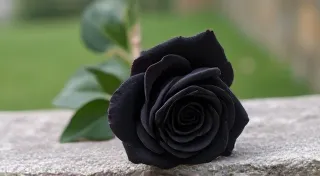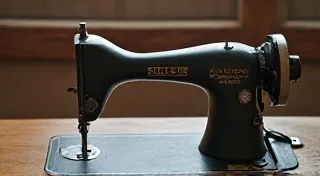Shattered Porcelain: Recovering the Fragility of Cameo Buttons
The gentle clink of glass beads, the satisfying click of metal – the sounds of a vintage button collection are a comforting soundtrack to a passion many share. But for those captivated by cameo buttons, a constant, low hum of anxiety underlies that satisfaction. Unlike their sturdy metal or glass counterparts, cameo buttons, often crafted from porcelain, shell, or occasionally glass imitating porcelain, possess an inherent fragility. They are miniature works of art, yes, but also exquisitely vulnerable relics of a bygone era. Their beauty demands reverence, and their preservation, a delicate and often heartbreaking endeavor.
The history of cameo buttons is interwoven with the rise of industrialization and a burgeoning middle class. Originating in the 18th century, true cameo carving, inspired by Roman and Renaissance artistry, was a laborious process, employing skilled artisans who painstakingly chipped away at materials to reveal intricate designs. The Victorian era (1837-1901) saw a surge in popularity. Mass production techniques, particularly the introduction of the "mold-pressed" cameo, made these beautiful embellishments accessible to a wider audience, adorning everything from mourning dresses to children’s bonnets.
The materials themselves add to the complexity of collecting and preserving cameo buttons. Porcelain cameos, often inspired by classic portraiture, are notoriously susceptible to chipping and cracking. The thinner the porcelain, the greater the risk. Shell cameos, derived primarily from Mediterranean coastlines (particularly Naples and Nice), are equally fragile, prone to fading and damage from humidity and handling. Even the simulated porcelain cameos, often made of glass, can be surprisingly delicate, their imitation textures easily scratched. Each button whispers a silent story – of its maker, its original owner, and the journeys it has undertaken.
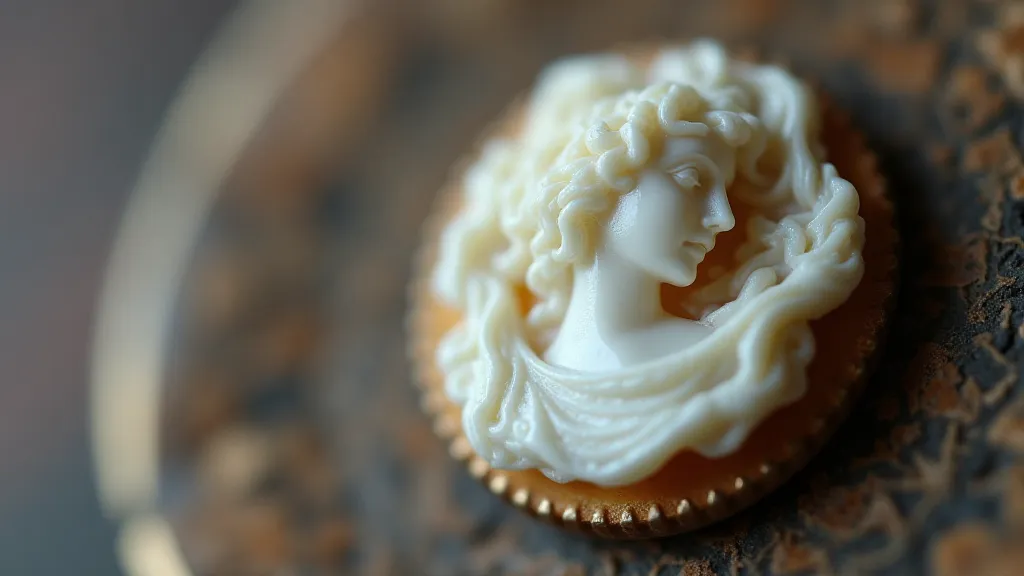
The Weight of a Break
Every collector has a story, a moment of silent dread, a feeling of loss. My own involves a particularly fine example of a Naples shell cameo, depicting a young woman playing a lute. I’d acquired it at a flea market in France, feeling immensely proud of my find. I was showing it to a friend, demonstrating how the light caught the subtle layering of the shell, when – a sharp crack, a splintering sound, and a piece fell away. It wasn’t a catastrophic break, but a significant loss. The intricate detail around the lute’s strings was gone, a chunk of history simply vanished.
The initial wave of disappointment quickly morphed into a strange, unexpected melancholy. It wasn’t just about the monetary value – though a button in that condition would certainly fetch a higher price. It was about the story it represented, the countless hands it had passed through, the lives it had touched. That small crack felt like a betrayal, a severing of a connection to the past.
I spoke to a seasoned collector, Mrs. Eleanor Ainsworth, who’s spent over fifty years amassing a remarkable collection. She confessed to experiencing similar heartbreak. "It’s inevitable," she said with a sigh. “These are fragile things. They’re not meant to be indestructible. The damage, in a way, adds to their character. It tells a story of survival. It speaks to the passage of time.”
The Art of Preservation - and Acceptance
While complete restoration of a broken cameo button is often impossible (and potentially damaging in the wrong hands), certain measures can be taken to slow down deterioration and stabilize existing damage. Proper storage is paramount. Individual buttons should be kept in protective cases, away from direct sunlight, excessive humidity, and temperature fluctuations. Acid-free tissue paper can be used to cushion buttons and prevent scratching. Professional conservators specializing in antique textiles and small objects can offer expert advice, although their services can be costly.
There's a growing debate within the collecting community regarding “repairing” damaged cameo buttons. Some believe any attempt to glue or fill cracks compromises the button's integrity and devalues it. Others argue that a well-executed repair, using reversible materials, can prevent further damage and allow the button to be enjoyed.
Ultimately, accepting the fragility of cameo buttons is an integral part of the collecting experience. It’s about understanding that these objects are not museum pieces destined for pristine display. They are survivors – relics of a bygone era, bearing the marks of time and the stories of their journeys. The chips, the cracks, the fading colors – these are not flaws, but character.
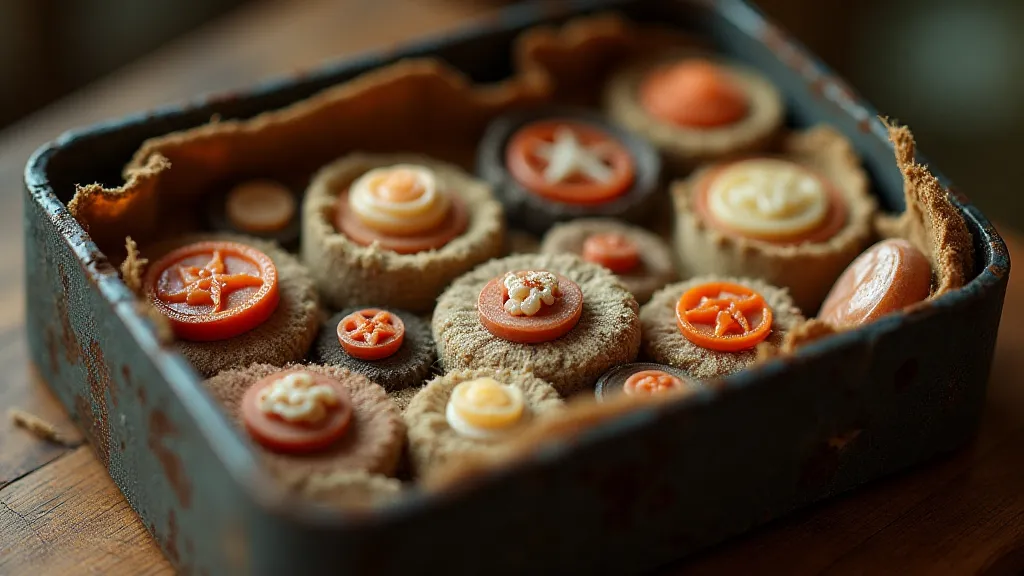
Beyond the Price Tag: A Sentimental Value
The emotional connection to these buttons often outweighs any monetary value. A friend of mine inherited a collection of cameo buttons from her grandmother, each meticulously labeled with a date and a brief description of where it was acquired. One particular button, depicting a young shepherdess, brought tears to her eyes. “My grandmother wore this to her wedding,” she confided. “It’s more than just a button; it's a link to her, to my family's history.”
This sentiment is echoed throughout the collecting community. These buttons become tangible representations of family legacies, travel memories, and personal narratives. They're not simply decorative elements; they're vessels of emotion, tiny portals to the past.
Collecting vintage buttons, especially those as delicate as cameo buttons, is not merely a hobby; it's a form of stewardship. We are entrusted with preserving fragments of history, acknowledging their vulnerability, and appreciating their enduring beauty. It’s a delicate balancing act – to admire their splendor while understanding their fragility, to cherish their past while ensuring their survival for generations to come.
